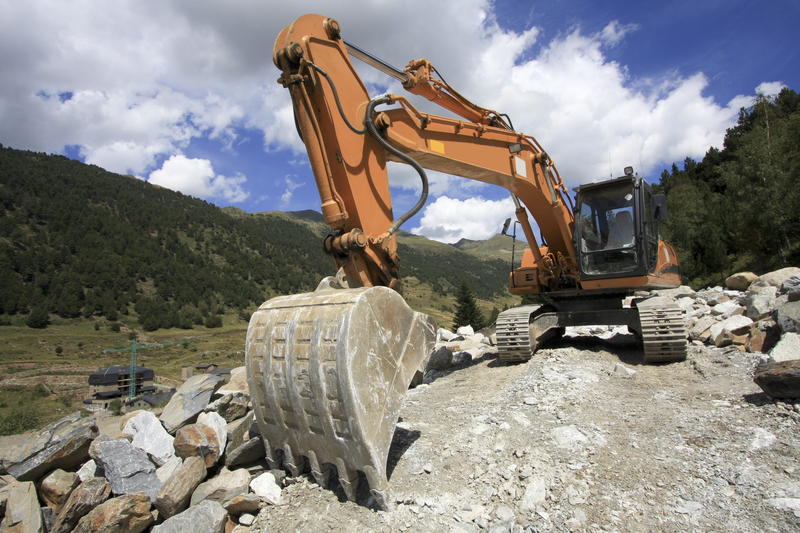
What Hydraulic Seals Offer
Hydraulic seals play a critical role in retaining hydraulic fluids, excluding contaminants, and maintaining hydraulic pressure in demanding systems.
At Sealing Devices, we offer a wide range of hydraulic seal solutions designed to meet your specific needs, with options available in various plastics and high-durometer rubbers to resist seal extrusion and minimize friction.
Key Types of Hydraulic Seals:

Wiper Seals
Wiper seals, also known as scraper seals, create a tight fit that allows a reciprocating ram-rod to pass through the inner bore of the seal. These are used to eliminate contaminants such as dirt, moisture and dust. The choice of the wiper seals should be made based on the choice of piston and rod seals.

Rod Seals
Rod seals prevent leakage of fluid from within the cylinder to the outside as the rod is in motion. Rod seals work together with the wiper seals to protect the hydraulic system against external contamination due to dirt and weather conditions. Leakage through the rod seal can, in some cases, cause accidents and environmental damages.

Wear Seals
Wear seals are used to help keep the piston centered, allowing even wear and pressure distribution on the seals. They can be used in both piston and rod applications.

Piston Seals
Hydraulic Piston Seals are designed to ensure fluid and other media does not penetrate the piston as the system pressure pushes the piston down the cylinder during pressure cycle.
Features & Benefits
- Versatility: Suitable for both hydraulic and pneumatic applications, sealing from vacuum to over 10,000 psi.
- Durability: Designed to resist seal extrusion and reduce friction with materials like high-durometer rubbers and plastics.
- Contaminant Protection: Effectively prevents the intrusion of dirt, moisture, and dust, extending the life of your equipment.
- Pressure Retention: Essential for maintaining hydraulic pressure within systems, ensuring consistent and reliable performance.
- Variety of Seal Types: Includes wiper seals, rod seals, wear seals, and piston seals, each designed for specific functions in hydraulic systems.
These hydraulic seals are engineered for long-lasting performance in demanding environments, ensuring that your systems stay operational and free from leaks.

Potential Applications & Industries
Hydraulic seals are essential in applications that demand reliable fluid retention and protection against contamination. They are used in earth-moving machinery, where heavy-duty seals protect against dirt and moisture in hydraulic systems. Forestry and agricultural machinery also rely on hydraulic seals to maintain pressure and prevent leaks in rugged environments. Additionally, hydraulic seals are critical in industrial hydraulics, vehicle engineering, and mining, where they ensure smooth operation under high pressure and tough conditions.
Hydraulic seals play a vital role in maintaining the efficiency and integrity of hydraulic systems in industries like industrial, aerospace, military, fluid power, and transportation. These seals ensure that machinery operates smoothly, even in the most demanding environments, whether on military equipment, aerospace systems, or heavy industrial machinery.
Products Bought With Hydraulic Seals
- O-Rings
Essential components used in hydraulic systems to create leak-proof seals by fitting into grooves to prevent fluid leakage. - Back-Up Rings (Teflon or Eurothan)
Used in conjunction with O-rings to prevent extrusion and provide additional support, ensuring reliable performance under high-pressure conditions. - Radial Shaft Seals
Designed to seal around rotating shafts, preventing leaks while ensuring smooth, continuous operation in various mechanical systems. - Vents
Used to allow the controlled release of pressure and maintain system balance, ensuring consistent function and safety in hydraulic equipment.
Our Value Added Services
At Sealing Devices, we provide more than just hydraulic seals. Our Application Engineers work closely with you to develop custom sealing solutions tailored to your specific needs. We offer expert recommendations on materials, design, and seal configuration to ensure optimal performance in your hydraulic systems.